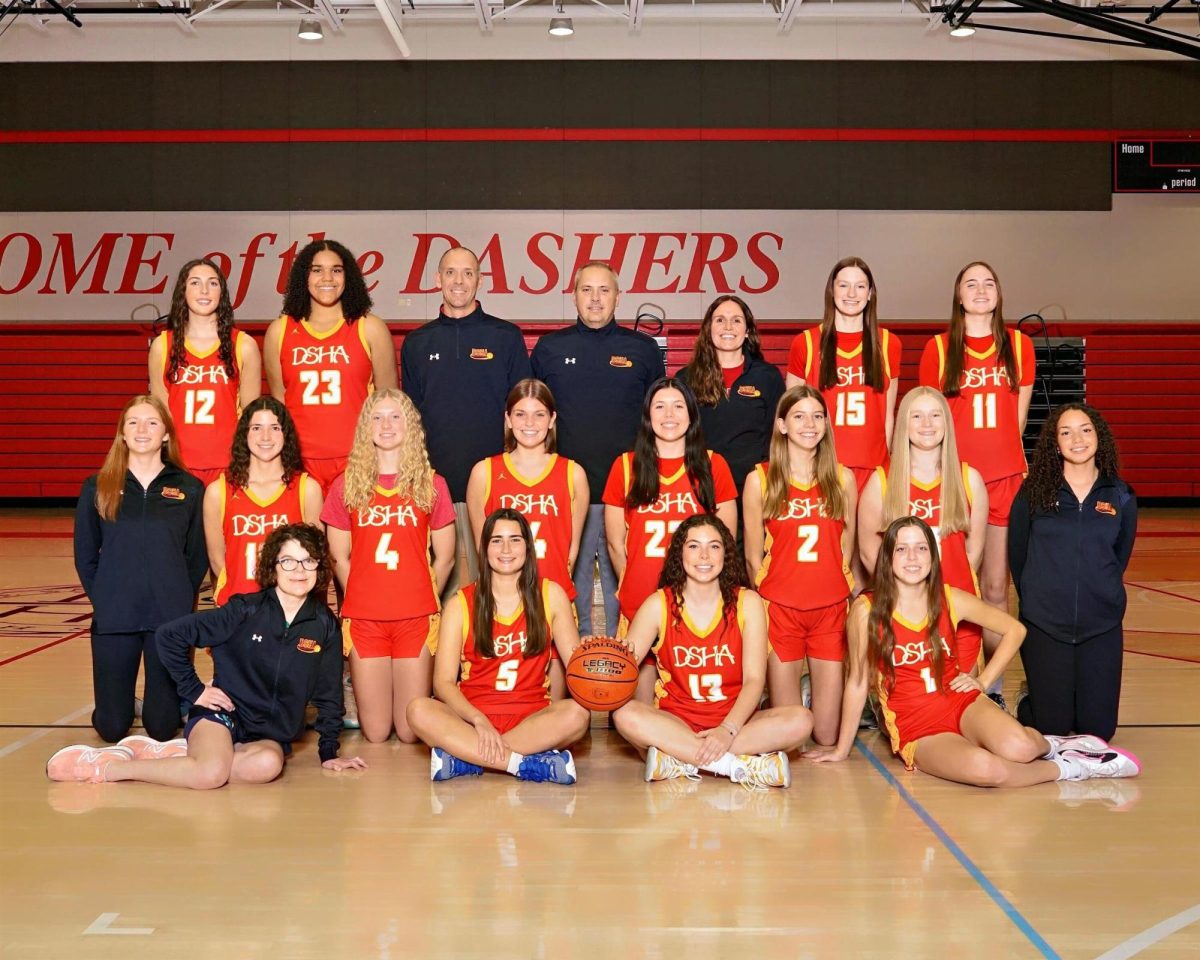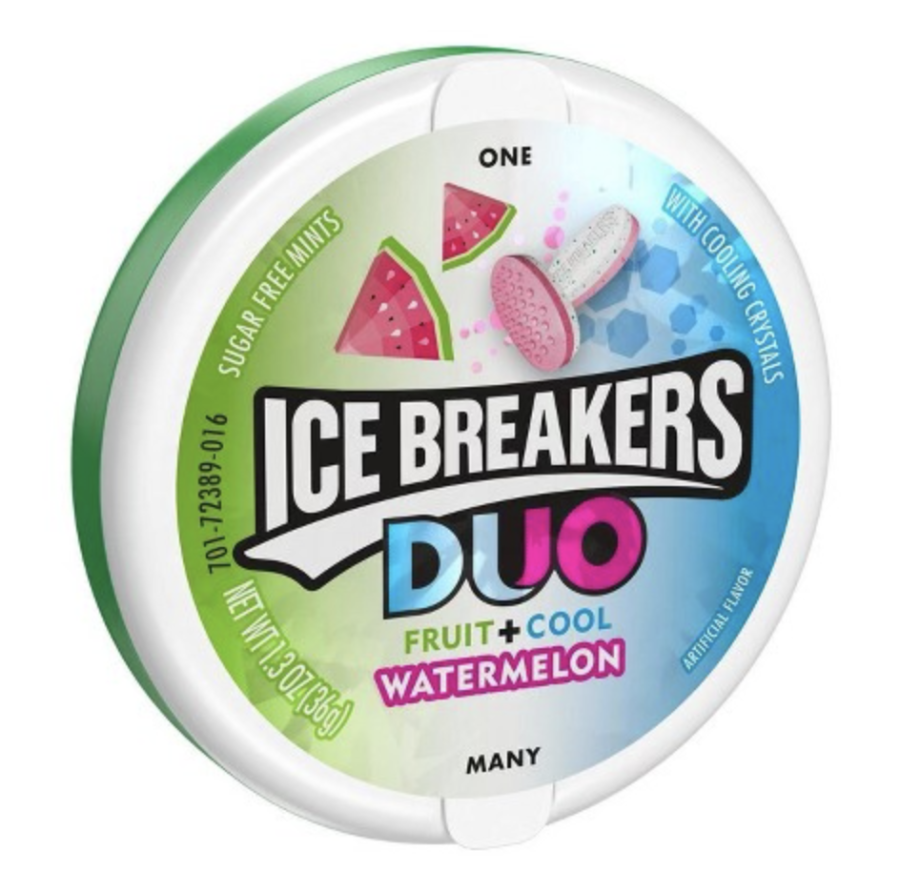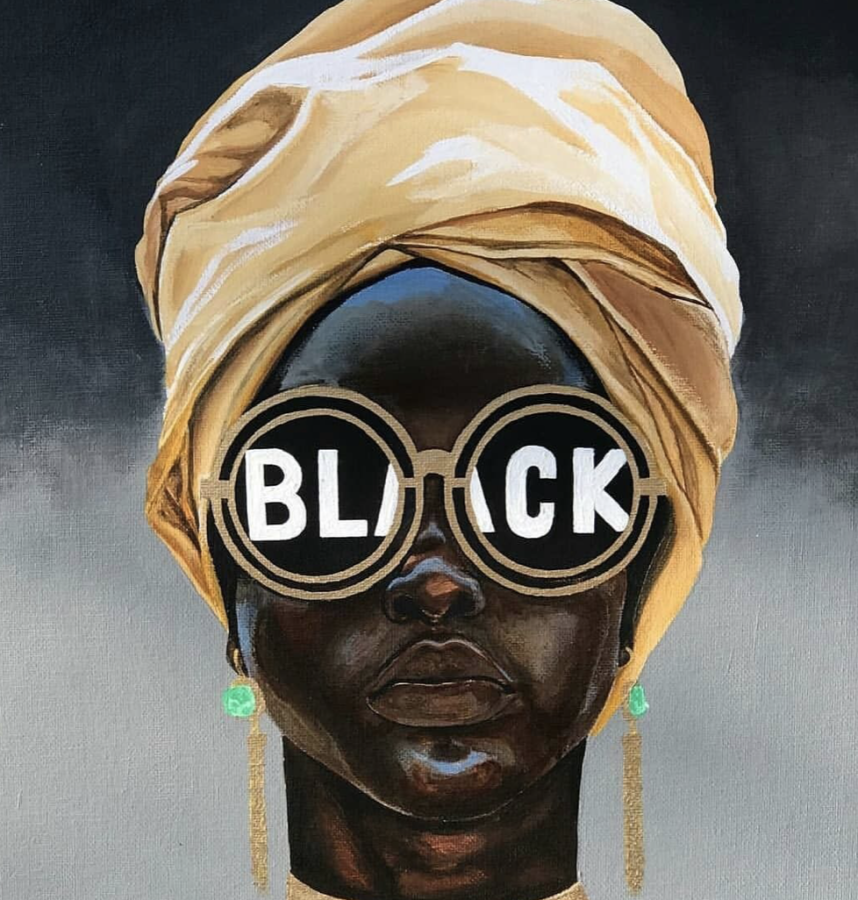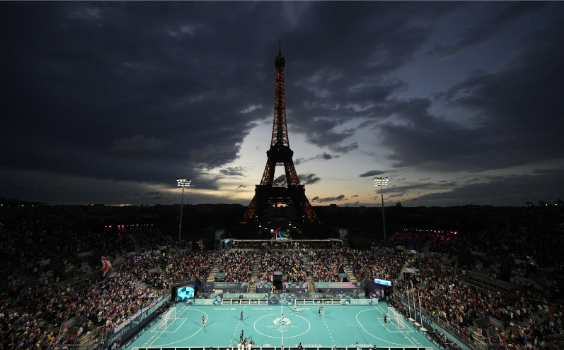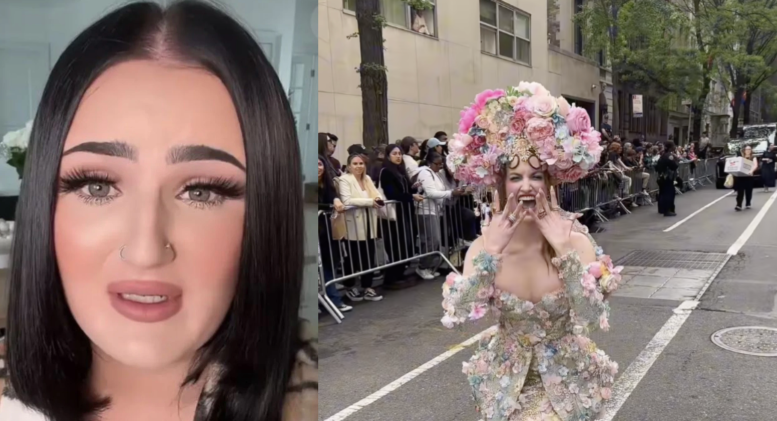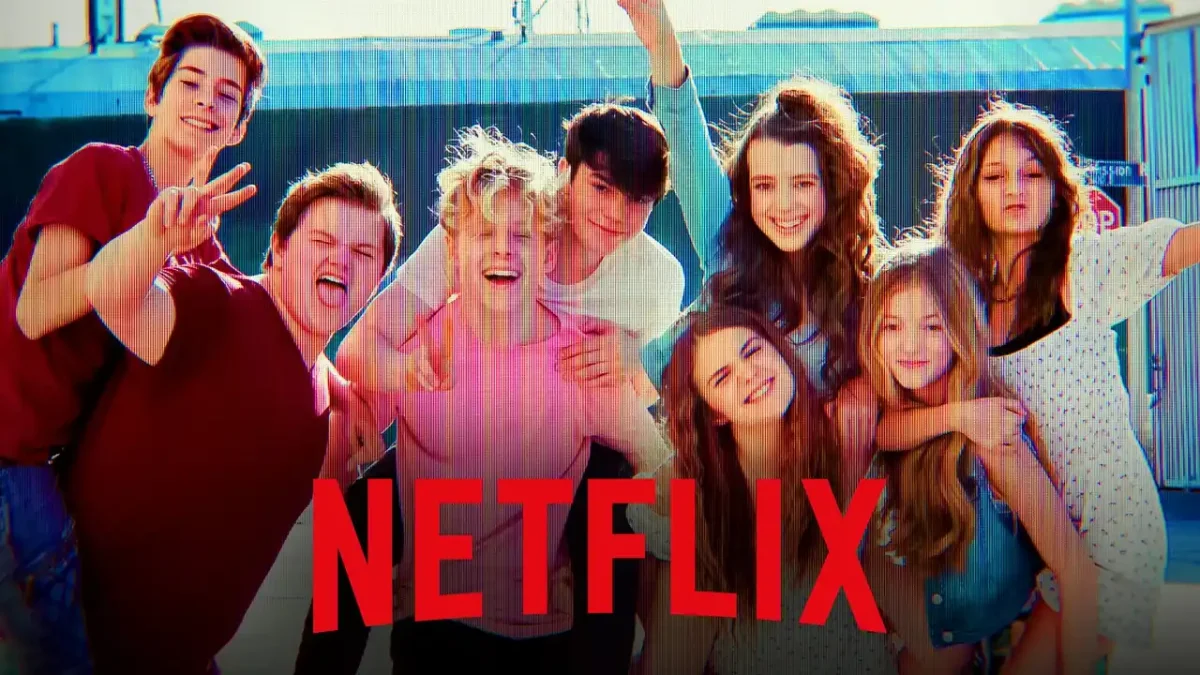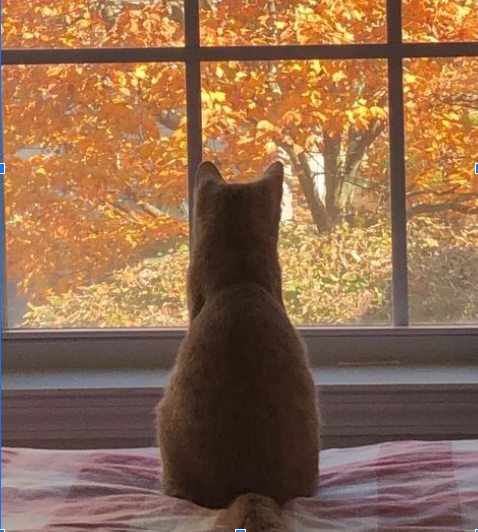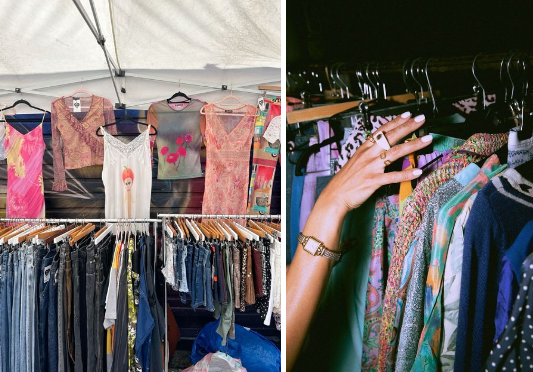Walking around my favorite thrift store, I go through each rack, considering each piece of clothing as I move down the rows. My iced matcha latte is in my cart, and I am determined to find some good pieces. I fill my cart with unique pieces like a vintage denim jacket and a floral mini skirt and go to check out. As things get scanned, my total goes up, and I feel confused as the price seems to be doubled. The rising prices at your local thrift stores have stirred up a heated debate among consumers and enthusiasts. Many long-time thrifters have voiced their concerns about the changing face of thrift shopping and its potential to limit accessibility for low-income households. This must be noticed.
Thrifting is a sustainable and fun way to shop for clothes and find pieces you may not see at your local mall. The rise of thrifting has not only contributed to a more sustainable approach to fashion as it promotes the reuse and repurposing of clothing, but it has also led to the growth of small businesses and independent sellers. These entrepreneurs curate and sell thrift items, contributing to a more diverse and inclusive fashion marketplace and providing unique pieces you will not find in mainstream stores.
Will Lufburrow, Goodwill’s Chief Operating Officer for South Texas, stated, “Goodwill is trying to keep our prices as low as we can. We actually go to the market, analyze what the market is doing, and try to be lower for the thrift shopper. “
The commercialization of thrifting has prompted criticism regarding the exploitation of thrift culture by fast fashion brands and resellers, which may deplete thrift stores’ resources and undermine the original spirit of thrift shopping. Fast fashion brands and resellers are increasingly sourcing large volumes of items from thrift stores to meet the growing demand for vintage and secondhand clothing. This practice has led to competition for valuable and unique items within thrift store inventories, making it more challenging for regular thrifters to find desirable pieces.
“Thrifting’s rise in popularity has contributed to secondhand shops becoming inaccessible to those who rely on thrift stores out of necessity, rather than just for style. These stores have been gentrified.” Says Valerie Rodriguez-Castro, NYU Arts & Culture Magazine.
Thrift stores are not just retail outlets but lifelines for individuals and families grappling with financial challenges. By offering a diverse range of goods at significantly reduced prices, they serve as a safety net for those who depend on thrift shopping to make ends meet. Their affordability starkly contrasts the consumerism that allows thrift stores to hike prices and empowers sellers on platforms like Depop to rake in substantial profits.
It’s time to take a stand. Fashion should be a realm open to all, and we need the active involvement of our community to uphold this principle. By encouraging the donation of gently used items, we can help replenish thrift store inventories and ensure a steady supply of affordable goods. Collaborating with local organizations and community groups to organize donation drives is a powerful way to raise awareness and support for thrift stores. It is okay to thrift for fun; it is actually encouraged with the overproduction of clothing, but there is a mindful way to ensure those needing the clothing are the first priority. Together, we can ensure their sustainability and continued service to our community.









